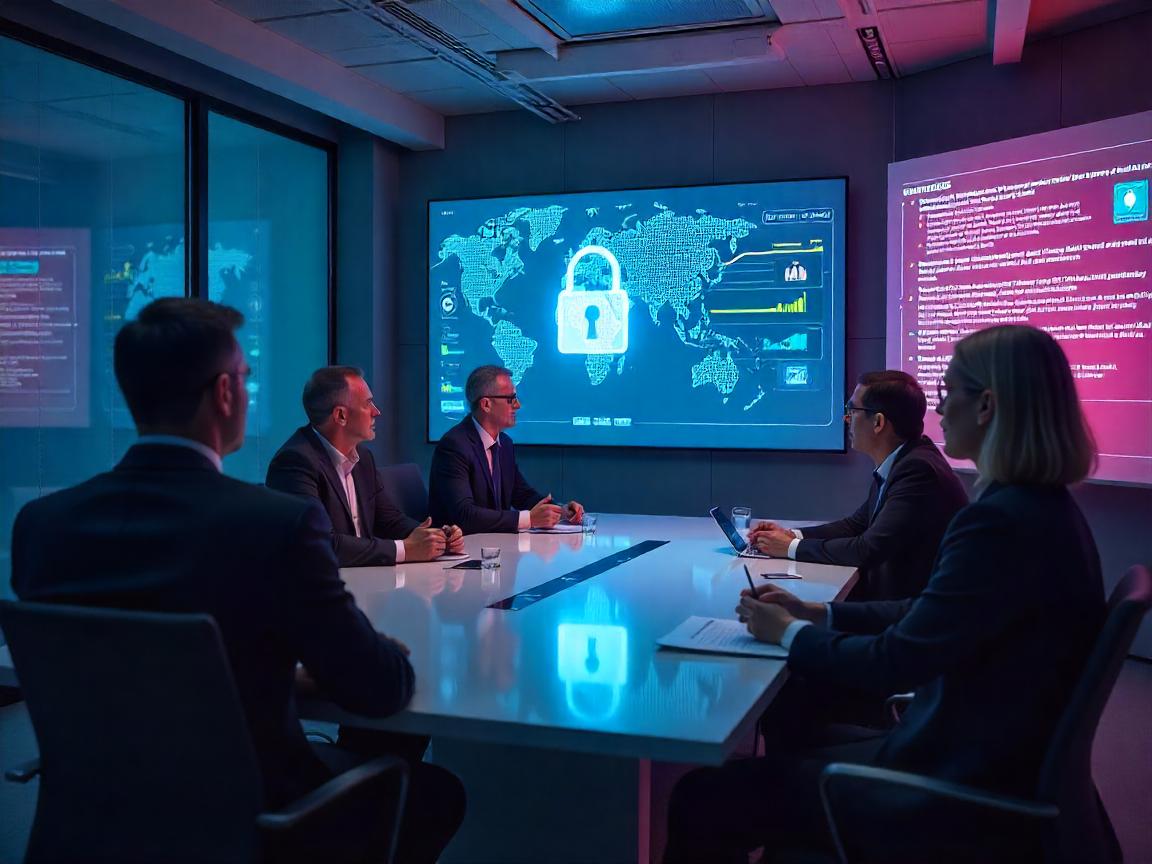
Cybersecurity as a strategic business priority: It’s no secret; previously, we dealt with cybersecurity as if it were a locked utility closet. Always required, despite the fact that it’s very rarely seen. Today? It means you’re seated at the table in the boardroom, discussing quarterly reports and questioning decisions to merge or acquire businesses. Instead of being handled only within a company, cybersecurity now directly influences how a brand is perceived, its finances and top management plans.
Data breaches hit a global average cost of $4.45 million in 2024, IBM reported. There is more to it than just the money—brand problems, faltering trust and delays in operations now reach outside the IT department. In my experience, CIOs lose influence because they struggle to express the risks technology issues pose in business terms, while CISOs rise through the ranks as soon as they do.
If Hackers Affect Stock Prices, Everyone Should Care.
Do you remember the 2023 MGM Resorts attack by ransomware? The company’s revenue fell by $100 million, they were at the center of a PR crisis and their stock price dropped quickly thereafter. As a consequence, a few key systems crashed and customer information was stolen. It wasn’t caused by a problem with technology. There was a failure to plan risk properly at the board level.
Today’s cyber threats are able to:
- Stop operations for a period of days (or sometimes weeks)
- Trigger investigations by the necessary authorities or face fines.
- Crush the belief in investing by the minute
- Making customers choose rivals out of fear for their privacy
Examining an organization’s cyber capabilities is now a main concern for most investors. Before investing, private equity firms analyze the cybersecurity risks involved in a company. Environmentally responsible companies hold the line—for them, it’s a must.
Questions About Cyber Security are Being Asked by Boards. Are You Ready to Deal with Them?
Just a decade ago, CISOs spent most of their time inside the server rooms. Now, they must update boards every three months, guide on insurance risks and team up with legal and PR to build disaster recovery plans.
Check out Johnson & Johnson establishing cybersecurity board training in 2023. Though this process, every executive gathered an understanding of the effects of breaches on their work. The result? They now add cyber resilience into the process of making products as well as just following guidelines.
Here are the actions top performing organizations are taking:
- Consulting the CISO in strategic actions
- Connecting cybersecurity KPIs to executive payment
- Testing what would happen if ransomware were to hit all areas with vulnerable information
- Training each department, not only IT, about cyber risks
A similar trend is appearing elsewhere. According to a recent PwC report, 96% of CEOs now say they’ve adapted their cyber strategy due to the increase in threats, when 65% said the same in 2021. Such a thing isn’t a trend. What a change that proved to be.
Cybersecurity = Brand Loyalty in the Trust Economy
When people decide to give you their information, they’re not only accepting the terms and conditions. They’re forming a trust agreement that others can never see. Trust can disappear in seconds and it’s difficult to restore it once it’s gone.
Apple putting so much stress on privacy has prevented not only unwanted use of users’ face recognition data, but also tackled privacy in email and when using apps. It’s now a valuable tool in marketing. Compare that with Facebook (Meta) which saw its market cap drop by over $100 billion in 2022 due to problems related to privacy leaks and investigations.
Trust is as valuable as a currency. And your cybersecurity is your money.
It’s Not About the Gadgets, It’s Really About the Culture
Realistically, any firewall can’t defend your network if an intern is fooled by a phishing message. A marketing exec could also put confidential data into a cloud folder that does not use encryption. The powerful firewall is culture.
This retail firm which I consulted last year, would conduct cyber drills every three months, training the whole staff rather than just fixing technology problems. They produced data by pretending ransomware attacks were done and measured how each group responded. The result? A real incident during Q3 caused 2 hours of downtime, no loss of data and saved the company $750K. Culture won.
Guide your staff to be informed about cybersecurity by:
- Carrying out phishing tests
- Recognizing departments that show clean records for auditing
- Training new employees on how to protect data from their first moments at work
Former White House Chief Information Officer Theresa Payton emphasized this:
“Cybersecurity should not be seen as simply an IT problem. It’s about how human beings behave. If you don’t consider culture, you’ve already failed.
Conclusion: Cybersecurity Is Part of Your Strategy. Period.
The truth is, today, all businesses are technology businesses. If you rely on shipping or selling online, your backbone depends on secure data—or the entire business can be at risk.
Many executives continue to pass off cybersecurity like it’s only as important as hiring someone to mow the lawn. On the next breach, it is the company as a whole that will take the blame. The CEO will be the one.
What kind of board meeting do you plan to have next?
Does your CISO deserve a seat on the board and the right to influence decisions?
Will cybersecurity set the course—not only address the risks?
Is cyber resilience something you budget for… or aim to exploit as a tool for success?
Since cybersecurity will not just impact organizations’ strategies in 2025. It’s survival.